Related Research Articles
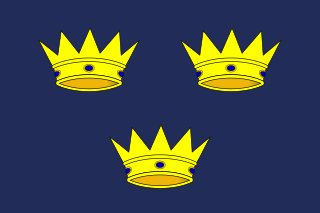
Munster is one of the four provinces of Ireland, located in the south of the island. In early Ireland, the Kingdom of Munster was one of the kingdoms of Gaelic Ireland ruled by a "king of over-kings". Following the Norman invasion of Ireland, the ancient kingdoms were shired into counties for administrative and judicial purposes. In later centuries, local government legislation has seen further sub-division of the historic counties.
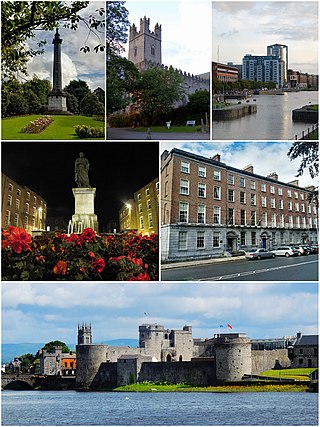
Limerick is a city in western Ireland, in County Limerick. It is in the province of Munster and is in the Mid-West which comprises part of the Southern Region. With a population of 102,287 at the 2022 census, Limerick is the third-most populous urban area in the Republic of Ireland, and the fourth-most populous city on the island of Ireland. It was founded by Scandinavian settlers in 812, during the Viking Age.
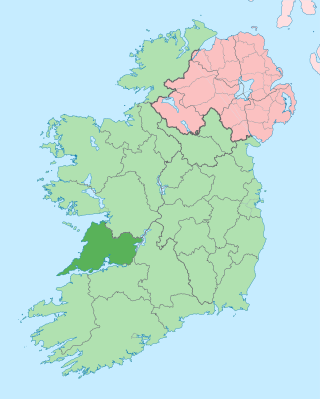
County Clare is a county in the province of Munster in the Southern part of the republic of Ireland, bordered on the west by the Atlantic Ocean. Clare County Council is the local authority. The county had a population of 127,938 at the 2022 census. The county seat and largest settlement is Ennis.
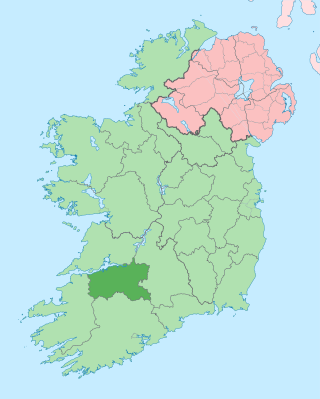
County Limerick is a western county in Ireland. It is in the province of Munster and is located in the Mid-West which comprises part of the Southern Region. It is named after the city of Limerick. Limerick City and County Council is the local council for the county. The county's population at the 2022 census was 209,536 of whom 102,287 lived in Limerick City, the county capital.

Caherdavin is a northern suburban district of Limerick city in the mid-west of Ireland. As of 2022, the population of Caherdavin is 7,364.

Bunratty Castle is a large 15th-century tower house in County Clare, Ireland. It is located in the centre of Bunratty village, by the N18 road between Limerick and Ennis, near Shannon Town and its airport. The castle and the adjoining folk park are run by Shannon Heritage as tourist attractions.

Cratloe is a village in County Clare, Ireland, situated between Limerick and Shannon in the mid-west of Ireland. It is possible that the name derives from Croit-shliabh meaning "hump-backed hill", referring to Woodcock Hill. The present-day parish of Cratloe consists of the former parish of Kilfintinan and a portion of the contemporary parish of Killeely. This was agreed upon by priests in the 18th century, who claimed there were not enough members of the clergy to operate fully in both parishes.

The history of Limerick stretches back to its establishment by Vikings as a walled city on King's Island in 812, and to the granting of Limerick's city charter in 1197.

As with other cities in Ireland, Limerick has a history of great architecture. A 1574 document prepared for the Spanish ambassador attests to its wealth and fine architecture:

Thomond, also known as the kingdom of Limerick, was a kingdom of Gaelic Ireland, associated geographically with present-day County Clare and County Limerick, as well as parts of County Tipperary around Nenagh and its hinterland. The kingdom represented the core homeland of the Dál gCais people, although there were other Gaels in the area such as the Éile and Eóganachta, and even the Norse of Limerick. It existed from the collapse of the Kingdom of Munster in the 12th century as competition between the Ó Briain and the Mac Cárthaigh led to the schism between Thomond and Desmond. It continued to exist outside of the Anglo-Norman-controlled Lordship of Ireland until the 16th century.

Thomond Park is a stadium in Limerick in the Irish province of Munster. The stadium is owned by the Irish Rugby Football Union and has Munster Rugby, Shannon RFC and UL Bohemian RFC as tenants. Limerick FC played home games in Thomond Park from 2013 to 2015 in the League of Ireland while the Markets Field was being redeveloped. The capacity of the stadium is 25,600 following its large-scale redevelopment in 2008.

The Dalcassians are a Gaelic Irish clan, generally accepted by contemporary scholarship as being a branch of the Déisi Muman, that became very powerful in Ireland during the 10th century. Their genealogies claimed descent from Tál Cas. Their known ancestors are the subject of The Expulsion of the Déisi tale and one branch of their blood-line went on to rule the petty kingdom of Dyfed in Wales during the 4th century; probably in alliance with the Roman Emperor Magnus Maximus.

Sixmilebridge, is a large village in County Clare, Ireland. Located midway between Ennis and Limerick city, the village is a short distance away from the main N18 road.

The O'Kennedy family, sometimes Kennedy, were an Irish royal dynasty, a sept of the Dál gCais, founded in the Middle Ages who were Kings of Ormond. Their founder was the nephew of High King Brian Boru (1002–1014). The name Cinnéide belonged to Brian Boru's father Cennétig mac Lorcáin, King of Thomond, in the tenth century AD.. The Kennedys did not descend directly from Brian Boru, but from Cinnéide's eldest son Donncuan. Donncuan's son Mahon was the first to call himself Ó Cinnéide which is Irish for grandson of Cinnéide.
Killeely is a civil parish that lies partly in County Clare and partly in County Limerick in Ireland.
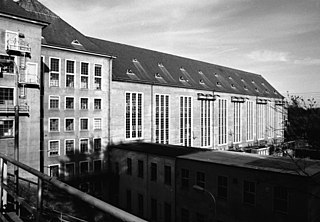
St. Patrick's, or Kilquane, is a civil parish that is situated on both banks of the River Shannon near the city of Limerick in Ireland. It is unusual in that it is distributed over three baronies: Bunratty Lower, Clanwilliam and the barony of the City of Limerick. Besides the suburbs of the city, it also contains the villages of Ardnacrusha and Parteen. It is known for the Ardnacrusha power plant, a major hydroelectric plant.

The O'Brien dynasty was an Irish Clan and noble house of Munster, founded in the 10th century by Brian Boru of the Dál gCais (Dalcassians). After becoming King of Munster, through conquest he established himself as Ard Rí na hÉireann. Brian's descendants thus carried the name Ó Briain, continuing to rule the Kingdom of Munster until the 12th century where their territory had shrunk to the Kingdom of Thomond which they would hold for just under five centuries.
Thomond may also refer to:
Asdee or Astee is a small village in County Kerry, Ireland.

Thomond Bridge is the name of a former and current bridge over the river Shannon in Limerick city.
References
- 1 2 "The District of Thomondgate" (PDF). Limerickcity.ie. Retrieved 25 November 2012.